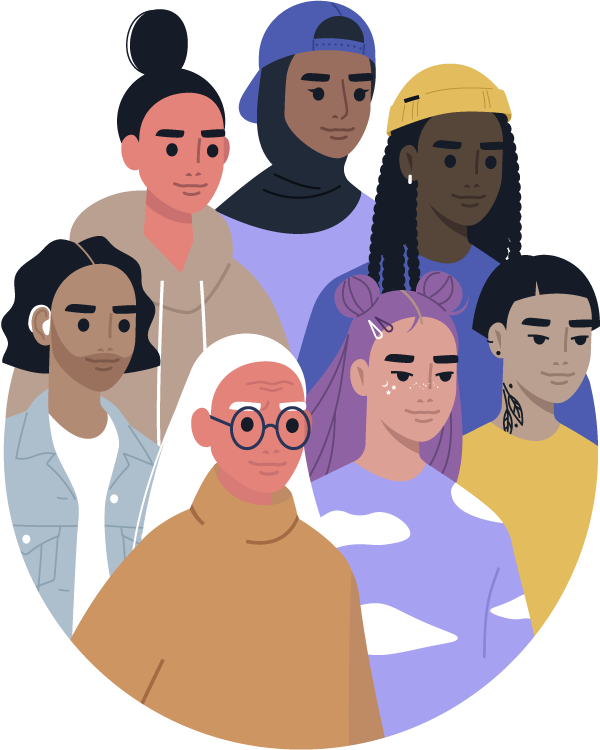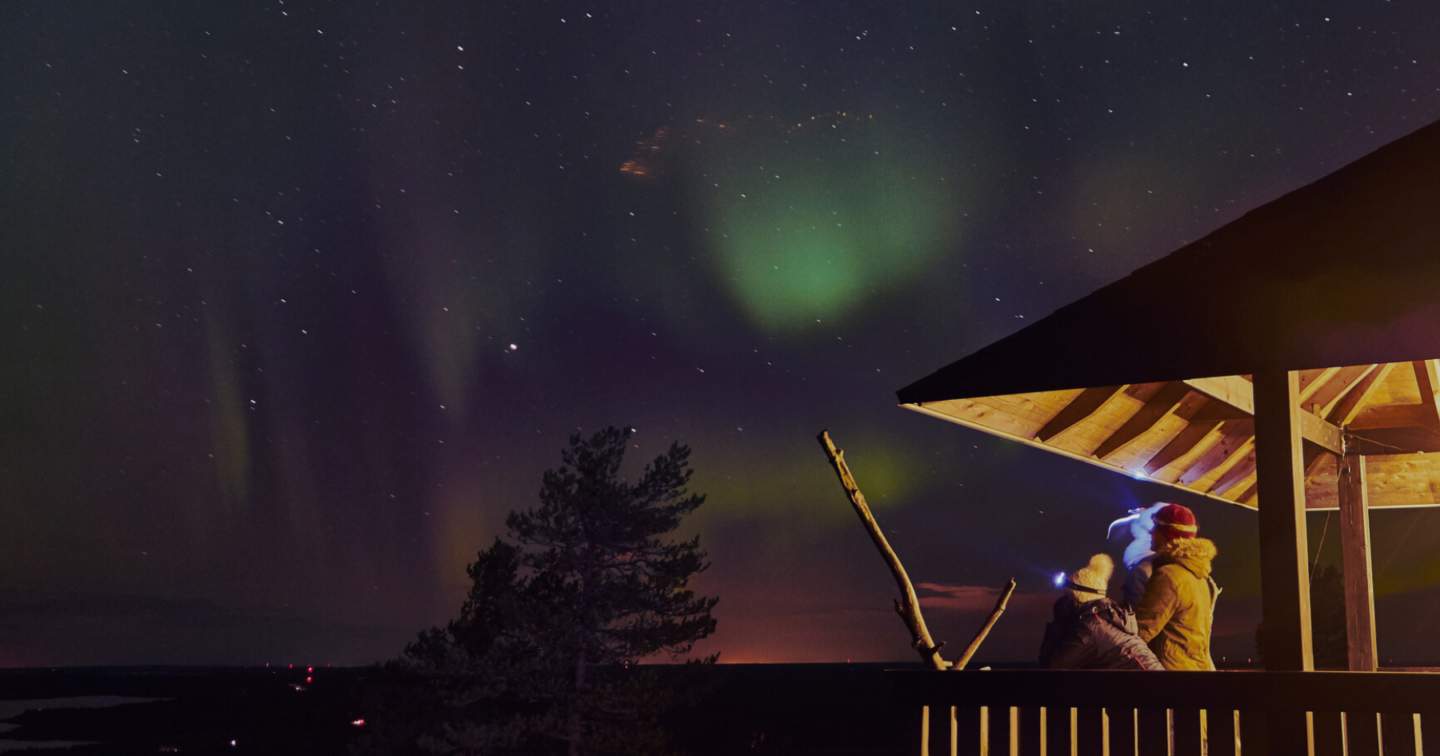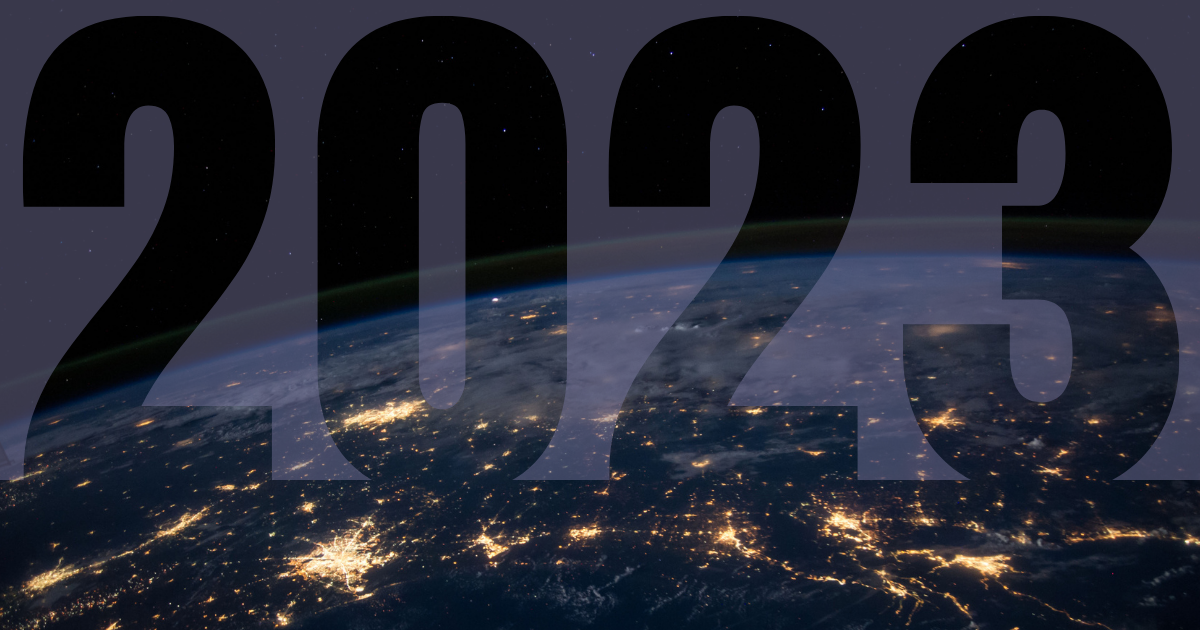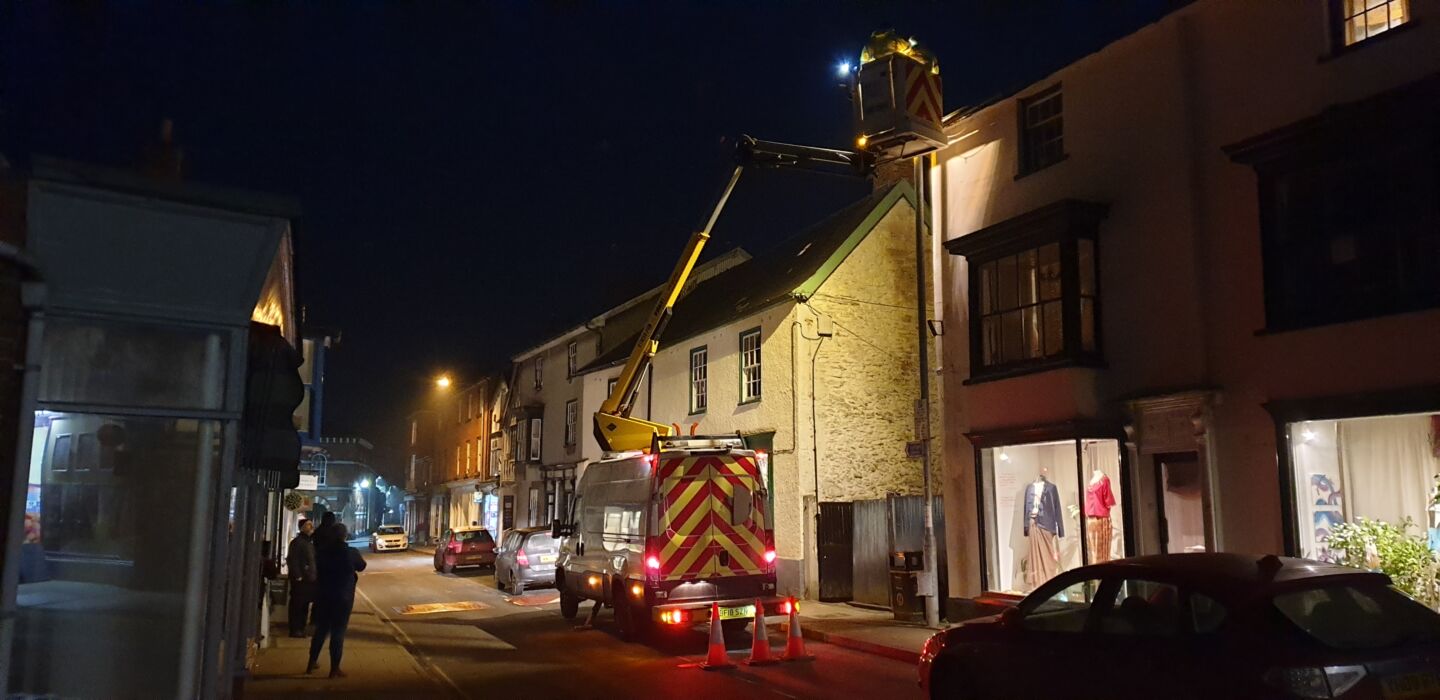
A Constellation of the Ten Most Influential Dark Sky Publications of 2019
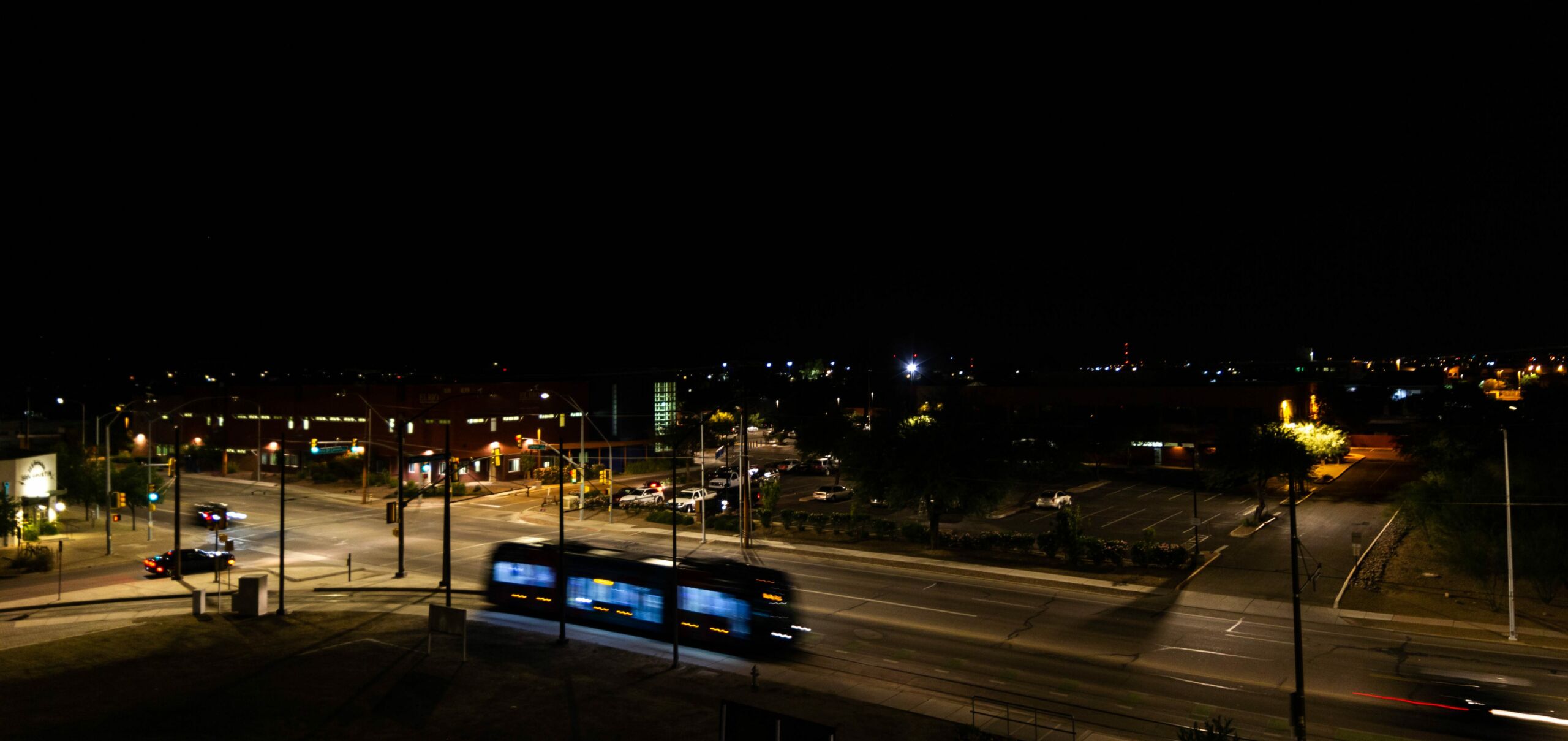
The dark sky movement is gaining more attention every year. 2019 saw a record number of publications related to dark skies. Here is IDA’s constellation of the ten most influential dark sky publications of 2019, in no particular order.
(10) Light pollution is key ‘bringer of insect apocalypse’ (The Guardian)
Wildlife
The rapid global decline in insect populations, and especially among pollinating insects, is one of the most dramatic environmental stories of the past decade. Ecologists are concerned that the disappearance of so many insect species threatens a catastrophic collapse of nature’s ecosystems. An initial study in 2018 showed a 75% decline in the biomass of flying insects in the 27-year study period. The study pointed to light pollution as a possible cause of the issue. After reviewing more than 150 reports on the issue, researchers confirmed this year that light pollution is the “key bringer of the insect apocalypse.” But scientists actually consider this good news, because light pollution is the easiest driver of insect decline to prevent.
(9) Our nights are getting brighter, and Earth is paying the price (National Geographic)
Outreach & Awareness
In April this year, IDA teamed up with National Geographic to support dark sky awareness. The results were an in-depth, interactive feature piece on the evolving threat to the natural nighttime environment. The article is companioned by a short video collaboration between IDA and National Geographic. IDA worked with the NatGeo team to bring families in Tucson, Arizona out of light-polluted skies and into the dark. Check out the results of the event in this inspiring video of people seeing the dark in a whole new light: https://www.youtube.com/watch?v=IHt71N47cc0
(8) Light pollution in USA and Europe: The good, the bad and the ugly (Journal of Environmental Management)
Night Sky Quality
The past decade has seen a tremendous advance in our ability to understand how light pollution is distributed across the world due to the launch of increasingly sophisticated satellites into orbit around the Earth. In 2016, a group of researchers published an important update to 2001’s “First World Atlas of the Artificial Night Sky Brightness”, our only global view to date. Members of the same team led by Dr. Fabio Falchi published a new analysis of their 2016 data this year, looking at light consumption patterns with increasing resolution on the Earth. Falchi’s group analyzed nighttime light on Earth in North America and Europe down to the level of U.S. counties and comparably sized Nomenclature of Territorial Units for Statistics regions in Europe, finding previously unknown patterns of light use when adjusted for both population differences and economic productivity. They framed the results in terms of the top 25 units in each region in terms of efficient light use (the “good”), the next top 25 (the “bad”) and the worst 25 (the “ugly”). They “hope that this work will stimulate politicians to lower the impact of their counties, states, provinces, regions, landers, countries on global light pollution by taking as examples to follow those best ranking in our score.” The next step is to understand how lighting design practices and public policies on different administrative levels affect these rankings, and therefore which can be considered models that best balance human needs for artificial light at night against the prevention of light pollution.
(7) NIGHTS OVER TUCSON: How the Tucson, Arizona, LED Conversion Improved the Quality of the Night (International Dark-Sky Association)
Energy Savings & Night Sky Quality
The City of Tucson, Arizona’s replacement of nearly 20,000 lights decreased light emissions by ~7% and saved the community $2.16 million per year. The retrofit demonstrates how cities can use lights that are beautiful and functional while reducing light emissions and protecting the night from light pollution.
(6) Dark sky tourism: economic impacts on the Colorado Plateau Economy, USA (Emerald Insight)
Public Good/Economic Benefit
Dark skies can be good not only for the environment, but also for the benefit of rural economic development. With fifteen international Dark Sky Places certificated by IDA in the general region, the Colorado Plateau region of the western U.S. is ripe for night-sky tourism. This study by Missouri State University economists David Mitchell and Terrel Gallaway estimates that ‘astrotourism’ on the Colorado Plateau will generate $2.4 billion in wage increases and create more than 10,000 jobs each year for the region. Importantly, night sky tourism brings year-round benefits and may help the tourism industry even out its seasonality, bringing more stable work opportunities to the region.
(5) Do brighter, whiter street lights improve road safety? (Significance)
Public Good/Safety
For decades, public safety proponents have touted the value of lighting up the world’s streets and highways to enable better visibility and reduce the risk of traffic accidents and resulting fatalities. Certainly evidence exists that when properly targeted and carefully applied, outdoor lighting can make streets safer at night for motorists, pedestrians and bicyclists. But a key question remains unanswered: does the ability of light to render colors correctly to human observers further influence the safety benefits of roadway lighting? British statistician Paul Marchant looked into claims based on research carried out in New Zealand suggesting that an eight percent reduction in nighttime road traffic collisions could be achieved if governments opted for light with a greater fraction of blue emissions when they transitioned from earlier lighting technologies to white LED lighting. Marchant’s analysis pointed out flaws in the assumptions underlying the New Zealand study, finding that once again correlation and causation are different things that are not always related, and that “a large sample size may simply give a false sense of certainty while yielding an incorrect conclusion.” Arguing that the issue is too important to leave to chance, Marchant concludes that the best approach moving forward is caution and more careful study of this question.
(4) Two U.S. States Proclaim Dark Sky Months (International Dark-Sky Association)
Outreach & Awareness
The U.S. States of Colorado and Michigan have both established a Dark Sky recognition months this year. The dark sky recognition months were initiatives of IDA advocates in both states. Delegate Robert Parish in Michigan initiated Michigan House Resolution No. 134, which was resolved in July 2019. IDA Chapter leaders in Colorado brought their resolution to Governor Jared Polis, who signed the Colorado Proclamation in June 2019.
(3) Valle de Oro National Wildlife Refuge named first-ever IDA Urban Night Sky Place (International Dark-Sky Association)
Awareness & Outreach
As light pollution continues to increase most rapidly in the world’s cities, the need to address lighting in urban situations is more important than ever. A new IDA designation program bridges the gap between conservation practices common in parks and protected areas, and the public policy and awareness elements of dark-sky friendly communities. The Urban Night Sky Places (UNSP) program emphasizes efforts to protect natural darkness near densely populated places with environmentally sensible lighting; UNSPs stand as accessible examples that model the use of good outdoor lighting to urban dwellers. The first UNSP, Valle de Oro National Wildlife Refuge in New Mexico, U.S. was announced earlier this year, demonstrating how we can bring lighting solutions to the places we live and work.
(2) Killing us softly: the perils of light pollution (Foreground)
Wildlife & Climate Change
Much of the past effort surrounding research, policy and advocacy on light pollution and dark skies has focused on Western economies such as those in North America and Europe; little concern to date has been given to the ways light pollution impacts the lives of indigenous peoples around the world, or how the loss of the starry sky at night imperils the cultural practices of these societies. In some cases, we even risk the loss of this traditional knowledge before it can be made known to the wider world. Emerging research in ‘cultural astronomy’ is showing us how the loss of the night is more than just an environmental concern. “All humans have a connection to the sky. People will talk about their first experience of a night sky with a sense of awe and passion. It’s a reminder of the connection we have to the stars, of how important they’ve been for us, as far back as you want to go.”
(1) Global climate change and invariable photoperiods: A mismatch that jeopardizes animal fitness (Ecology and Evolution)
Wildlife
Although it has been suspected for years that light pollution influenced climate change because of the energy waste it represents, until recently we did not understand how exposure to the light itself can further harm wildlife already stressed by climate change. This fascinating study shows how light pollution is disrupting natural biological behaviors of plants and animals, such as sleep and breeding. Light pollution is evidently impacting the global ecology itself, making many plants and animals less resilient to the effects of climate change. As the authors put it, “coupled with the effects of light pollution which prevents these species from determining day length, climate change presents extreme evolutionary pressure that can result in severe deleterious consequences for individual species reproduction and survival.” This observation underscores the seriousness of concerns about light pollution globally, showing that it can no longer be thought of as only harming individual species.
What’s missing from this list? Head on over to Twitter and share your top dark sky publications: @IDAdarksky, #darkskytop10

